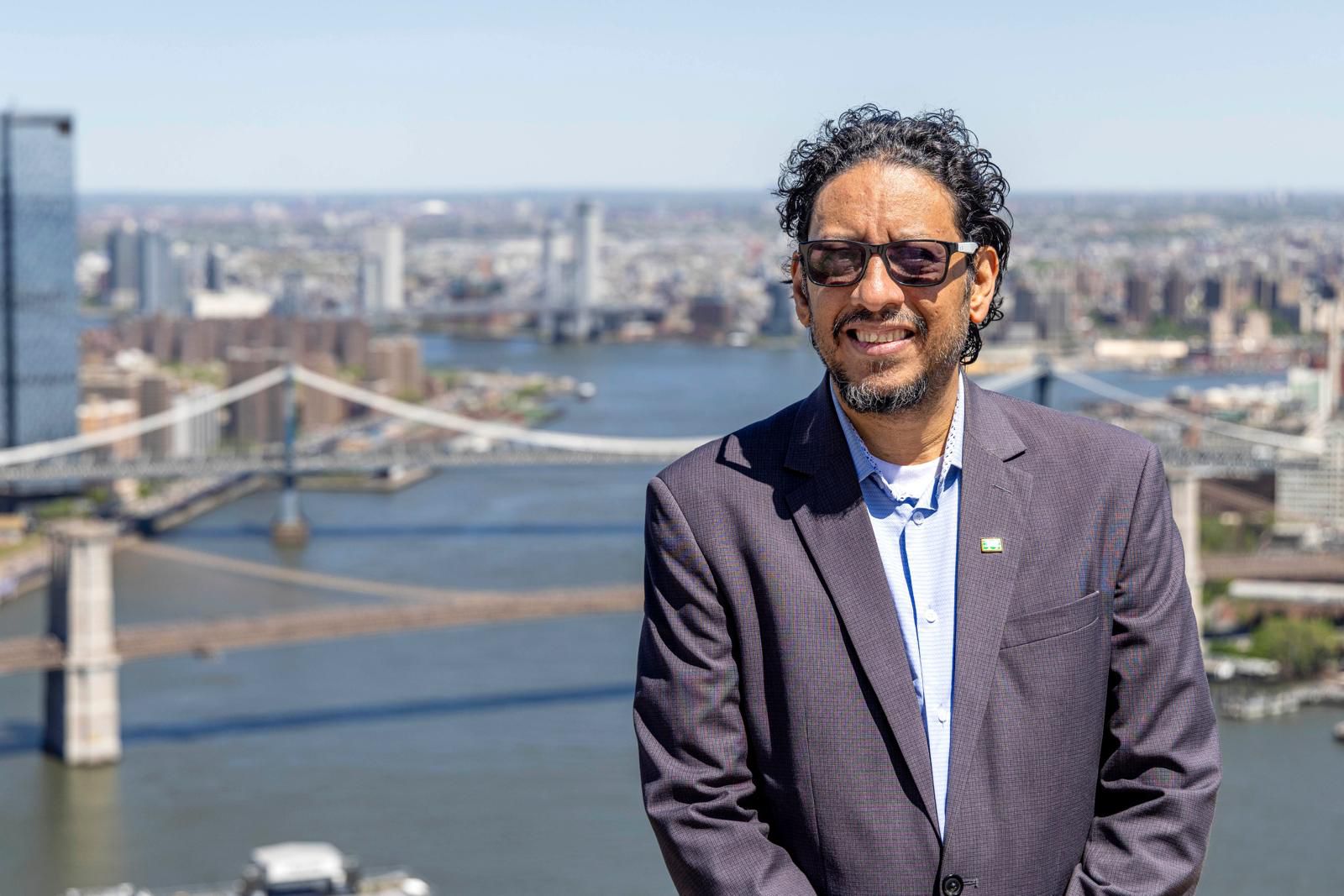By : Jose M. Vantroi Reyes T.
As global conflicts dominate headlines — the war in Ukraine, the war against Hamas, and the increasingly frequent discussions about the possibility of war with a country of 1.4 billion people and a technological leader in many areas critical to defense — the world’s population remains caught in an atmosphere of fear and distraction.
Yet, while attention is absorbed by these armed confrontations, another battle is unfolding in silence: the race for supremacy in artificial intelligence (AI). The outcome will determine whether the West continues to dominate older civilizations, or whether the Global South, led by China, reshapes the balance of global power.
Human Capital and Knowledge
A decisive factor is talent. Each year, China and India graduate more engineers and mathematicians than the U.S. and Europe combined. Countries such as Iran, Nigeria, and Vietnam also produce technical elites under adverse conditions.
The superiority in math and science education at the pre-university level in many Asian nations has prepared generations of students who later excel in advanced research. A clear example can be found in Google DeepMind’s projects, such as AlphaFold, where more than half of the core team was initially educated outside the U.S. This underscores how the West depends heavily on foreign-born talent to sustain its innovation programs, while the Global South increasingly develops mechanisms to retain its own scientists.
During Trump’s administration, restrictions on visas for foreign students — particularly in science and engineering — limited the U.S.’s access to this talent pool, creating a vacuum that China and others have sought to fill through retention and repatriation programs.
Resources and Sustainability: Water and Energy
The development of AI depends not only on algorithms or advanced chips but also on basic resources such as water and energy. Data centers require massive amounts of potable water for cooling, a critical factor in a world already facing scarcity. In the West, ensuring these resources carries steep political and social costs: depriving communities of water access to maintain technological infrastructure.
The water dimension becomes even more concerning when considering that many of the cities hosting major data centers are already under stress: California, Texas, and parts of Western Europe. Every expansion of technological infrastructure implies an implicit trade-off between digital convenience and the basic human right to water.
Energy Innovation: The Future Card
Beyond immediate supply, the key lies in how future energy will be produced. Here, China and Russia are advancing quickly, leading in nuclear plant construction and applied research on fusion and thorium. The West maintains strengths in renewables (solar, wind) as well as grid management and storage, but internal political divisions undermine its consistency.
The withdrawal of the United States from the Paris Agreement under Trump exposed how fragile Western commitment to climate transition can be. The paradox is evident: the West has the scientific infrastructure, financial capital, and technological capacity to lead in clean energy, but its internal divisions place that advantage at risk.
Projections illustrate the scale of the challenge: by 2030, global AI data centers may consume as much electricity annually as a medium-sized industrialized country like Argentina. This analogy underscores how future energy demand is not an abstract figure but one that rivals entire national economies.
Conclusion
The race for artificial intelligence is not merely technological: it is social, hydric, and energetic. Leadership in AI will require hard decisions: whether potable water goes to populations or to data centers. In free-market societies, soaring demand will pit communities and corporations against each other for water and energy, with predictable outcomes: corporations will have the upper hand.
The political consequences of such dynamics will echo in systems where leadership is chosen by popularity. Meanwhile, the Global South, led by China and joined by countries rich in resources and talent, advances quietly with a model less reliant on fragile political consensus and more anchored in long-term strategic planning.






